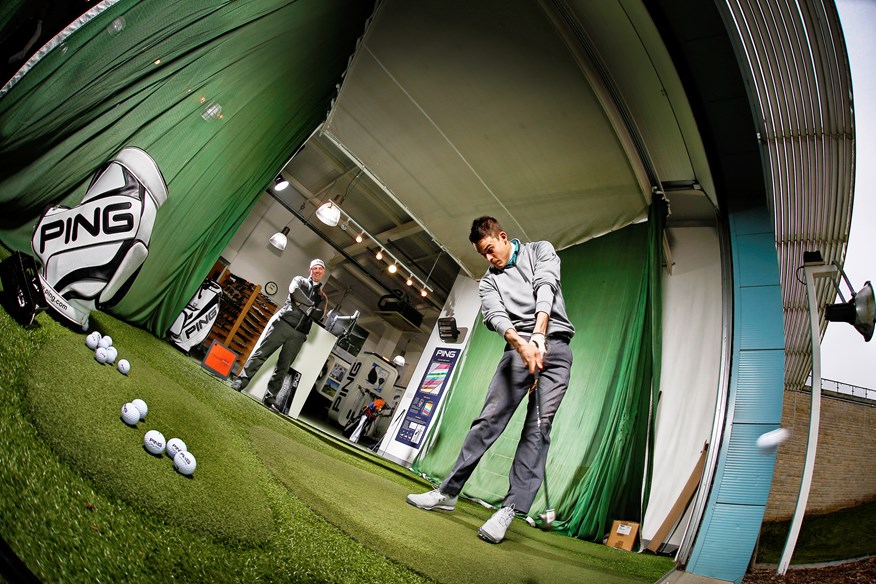Everything you need to know about golf custom fitting + top tips
Last updated:
Thinking of getting custom fitted golf clubs? Read this complete guide to custom fitting first to ensure you make the right choices and get the most from the experience.
Getting custom fitted golf clubs is a hugely exciting opportunity that can help improve your game. But it can also be an overwhelming and daunting experience. To help remove some of the doubt and uncertainty, I’ve answered the key questions around custom fitting below.
I have been custom fitted several times during my golfing life and attended many more fittings for work, so I’m well-versed in the topic. I’ve also enlisted the advice of Today’s Golfer Golf Equipment Writer James Hogg, who spent seven years working as a fitter for American Golf before joining TG.
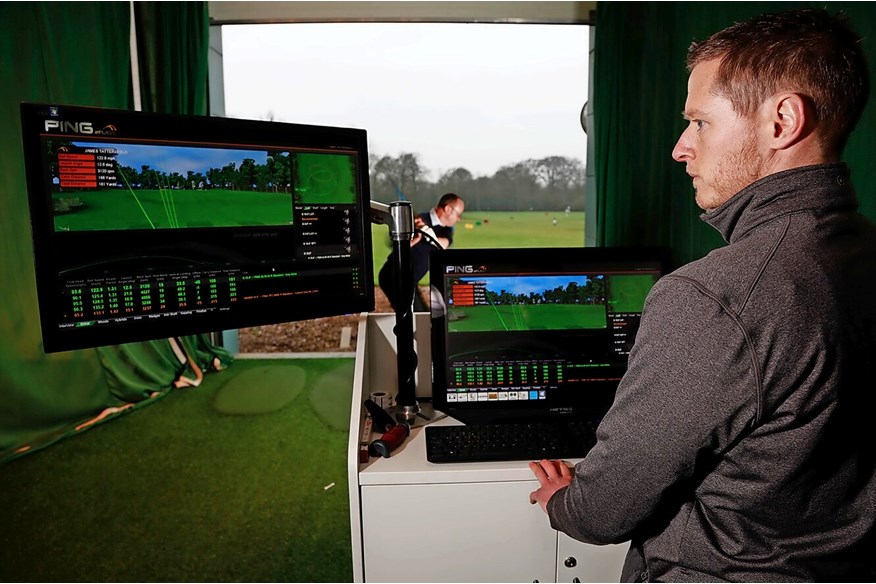
What is custom fitting in golf?
Custom fitting involves working with an expert to ensure that your golf clubs (or new clubs you’re considering buying) are perfectly suited to your physiology and the way you swing.
It typically involves hitting shots while a launch monitor measures what the club and ball are doing, enabling the fitter to create a setup that offers the best performance possible.
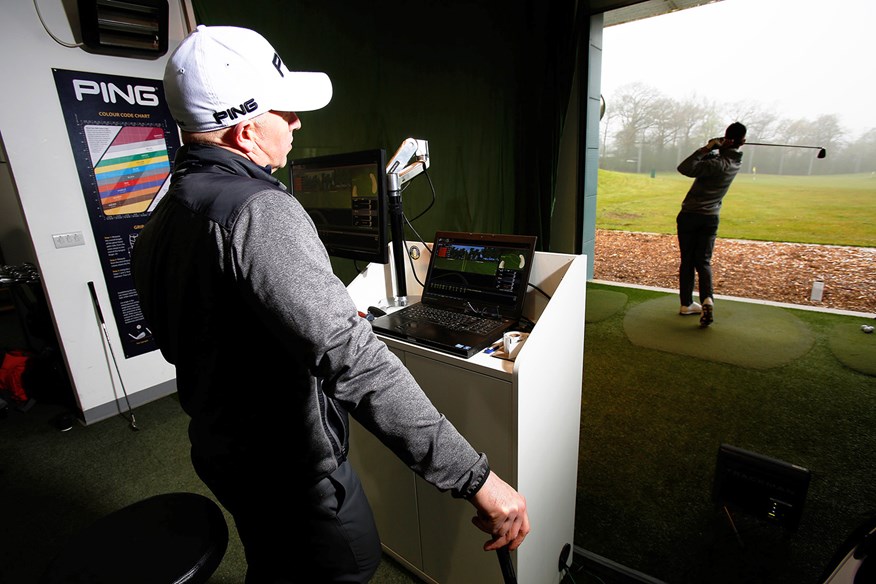
Why is custom fitting important?
Research suggests that at least 75% of golfers are playing with the wrong clubs, wrong shafts, or both. There’s also data showing that 87% of golfers who get custom fitted lower their handicap by at least 10%.
It doesn’t matter if you are a beginner, a high handicapper, or a tour player – custom fitting is the only way to ensure your clubs are working for you and not against you.
Tiger Woods was once questioned on the benefits of custom fitting and argued that golfers can end up unknowingly compensating for ill-fitting clubs and develop swing faults which take months, if not years, to correct. He started playing with customized equipment from the age of four and was regularly re-fitted as his body and swing evolved.
Golf is hard enough as it is, without having equipment that isn’t doing what it should. You wouldn’t want to run a marathon in the wrong size shoes, would you?
Where can I get custom fitted for golf clubs?
There are four main ways to go about organizing your golf club custom fitting.
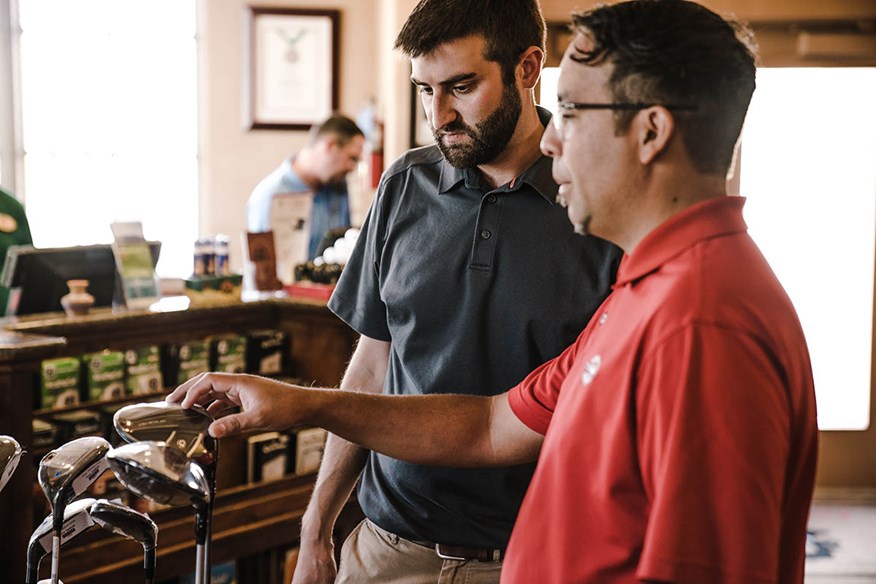
Club pro
If you’re a member of a club and/or having golf lessons, it’s worth asking your pro as they may offer custom fitting or have recommendations of good places in your local area.
If you are having lessons from the pro, this can be a great option, as he or she will have the benefit of knowing a lot about your golf game. They’ll also be on hand if you need any aftercare once your new clubs arrived, in terms of having them adjusted or doing a gapping session to get your yardages nailed.
Some will even be able to let you use demo clubs on the course for a round or two, letting you get a feel for how they perform where it really matters before making a purchase.
One downside is that very few golf clubs can hold the variety of stock offered by a big retailer or specialist fitter, which means the options may be somewhat limited.
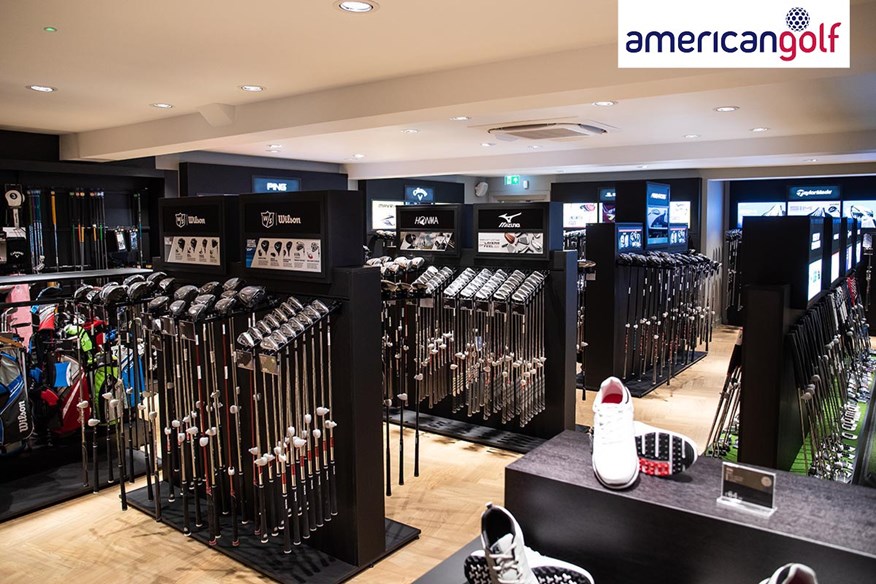
Retailer
Many big retailers offer custom fitting in-store. This often means hitting balls into a net on a simulator, but some out-of-town retailers are based at driving ranges, enabling you to hit balls and see the actual ball flight.
Retailers tend to have a wide array of stock and many offer custom fitting sessions for free. There used to be a perception that some retailers would use fittings as an opportunity for a hard sell, but thankfully that no longer tends to be the case.
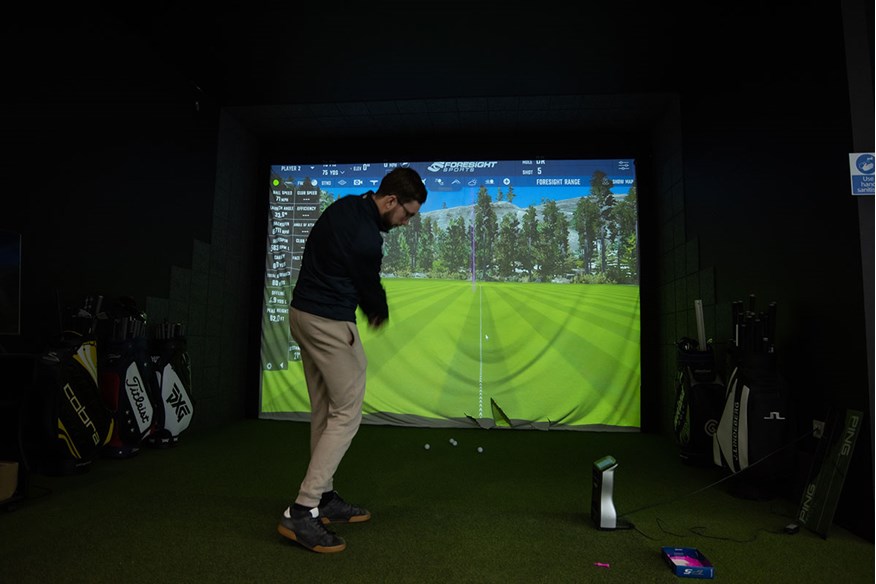
Specialist fitter
Specialist custom fitters typically have an indoor studio and can fit you across a multitude of brands.
Unlike a club pro who may do custom fittings alongside a busy schedule of coaching and other activities, specialist fitters tend to be solely focused on custom fitting and are therefore hard to beat when it comes to knowledge and expertise. They also tend to have the widest range of clubs and shafts, and some will even build your clubs there for you – either on the day or soon after your fitting.
Most specialist fitters charge for the custom fitting session, though some will knock that fee off the price of any clubs you go on to order.
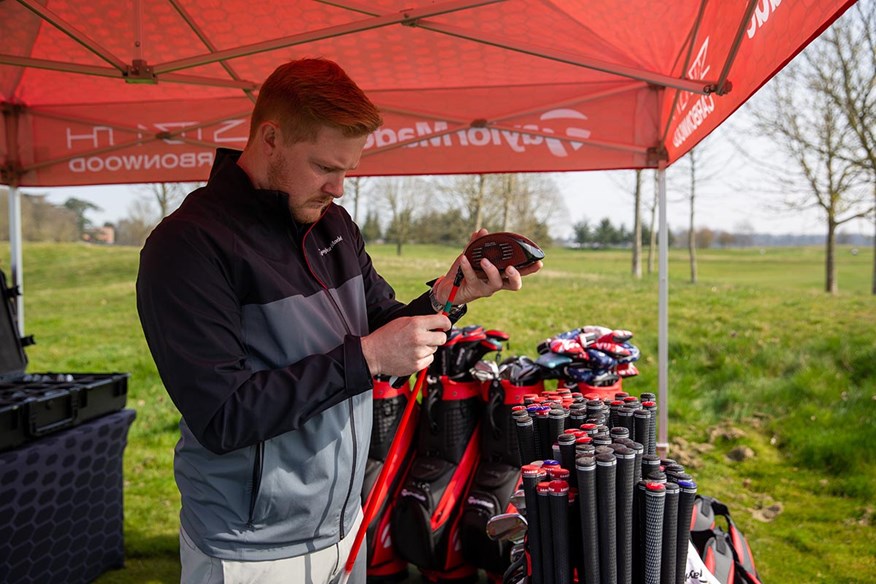
Direct to the manufacturer
If you know what brand of clubs you want to buy, you can go directly to them. Most have fitting centers you can visit and host traveling demo days at different golf courses throughout the year. You’ll find the information on their respective websites.
The benefit of going to the manufacturer direct is that their fitters will be experts in the brand and the clubs they offer, rather than needing to spread their knowledge across a broader spectrum.
The downside is that you are limiting yourself to one manufacturer and missing out on another brand that may offer you better performance.
How much does it cost to fit a set of golf clubs?
The cost of custom fitting varies. Some retailers will offer fittings for free, while some brands charge as much as £500 or $500 for a fitting.
50-100 dollars or pounds is a pretty standard rate for a custom fitting, and many places will knock that off the cost of the clubs if you do go on to place an order.
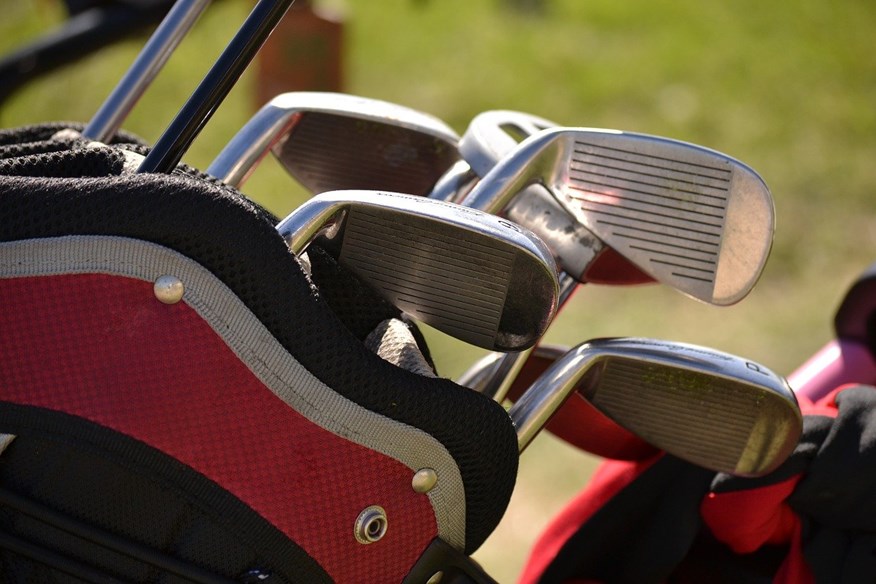
Do I have to buy clubs after a fitting?
Absolutely not! A good fitter should never pressure you into making a purchase.
Whilst some golfers are so excited by the performance gains seen in the fitting they can’t wait to order, it’s perfectly normal to want to take some time to reflect before making such a substantial purchase. Ideally, a fitter will provide you with a data sheet and recommendation so you can see what performed best and the numbers it delivered.
What happens in a custom fitting?
Different fitters may do things slightly differently, but a good custom fitting will normally involve the following steps:
1. A conversation about your game
Your fitter may want to find out about your current clubs and what you’re interested in testing, the type of golf course you play most often, what shot shape you typically hit, if you have a particular ‘miss’ that’s most common, any brands or styles of clubs that you do or don’t like, and anything else they feel is relevant to helping find the right clubs for you.
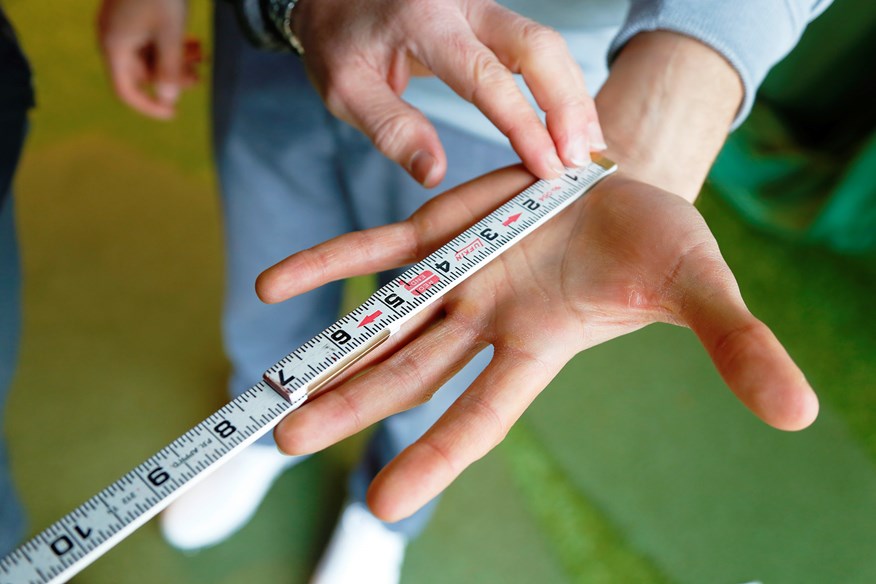
2. Static measurements
Your fitter may want to take some static measurements, including your hand size and wrist-to-floor measurement. Not all fitters do this, as many now feel that the metrics they can measure at impact are all that matter.
3. Getting data with your current club(s)
The only way to be sure any new club(s) you’re considering buying are going to be an improvement over your current set is to gather some baseline data. The fitter will normally get you to hit a series of shots with your own club, to get a decent idea of how it is performing. This also enables them to measure exactly how you swing the club, in terms of speed, club path, attack angle, and the dynamic lie angle you present at impact. This will help them begin to work out what clubs and shafts may suit you.
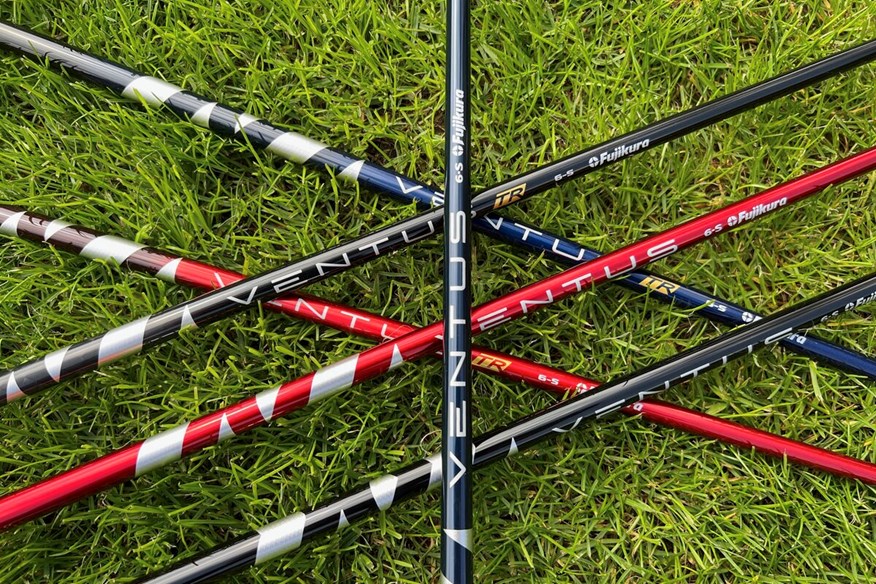
4. Testing different shafts
Getting the correct shaft is one of the key elements of custom fitting. Many fitters have a tool that clips onto the shaft and measures what happens to the shaft during your swing, which gives them a good idea of a few shafts that should work best for you.
Your fitter will then get you to try shafts with different weights and flexes, measuring how they perform and also seeking your feedback on how they feel.
5. Testing different heads
It’s important to get a head that looks good to your eye, feels good, and performs well. A fitter will normally get you to try at least a few different models to see what suits you best, while explaining the performance difference being generated by each one.
6. Making and testing minor tweaks
Once your ideal head and shaft combination is pretty much there, your fitter may want to look at minor alterations and what impact this has on performance. This could involve moving adjustable weights in a driver or tweaking swing weight.
7. Comparing data
The fitting will have involved a launch monitor, collecting an array of data throughout. Your fitter will likely have discussed some of the numbers at various points throughout the fitting, but the end is a good time for them to summarize what the new setup is delivering and how that compares to your own club.
8. Final questions
The final bits of a fitting will involve any extra choices available to you, including the type of grip you like, and any customization options that may be available on the new clubs. It’s also a time to think about how many clubs you need and what gaps they will fill in your bag. If you’re testing irons, for example, what will be the longest and shortest iron in the set? An expert fitter can help you ensure all your yardages and covered.
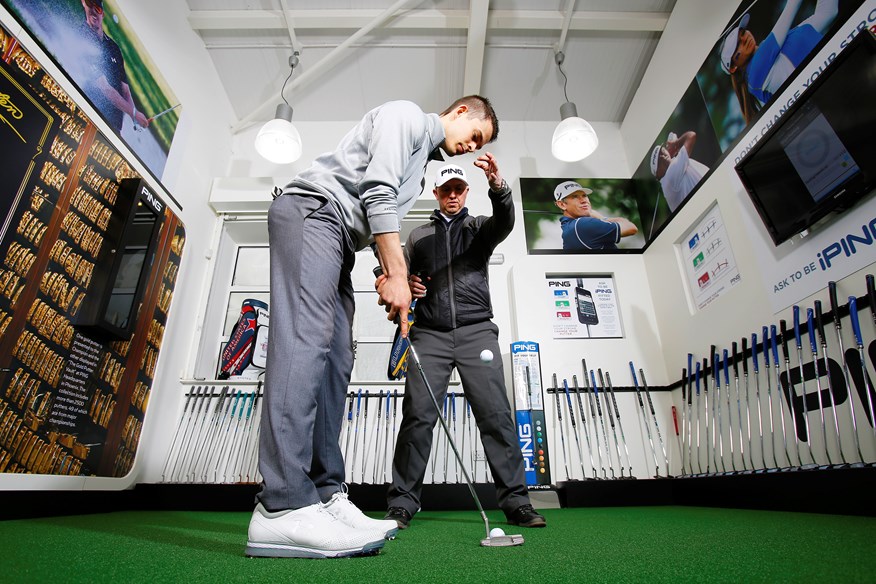
What clubs can I be custom fit for?
Custom fittings for drivers and irons are most common, but you can also be custom fit for wedges, putters, hybrids, fairway woods, driving irons, and golf balls.
Am I good enough to be custom fitted?
Many beginner and high-handicap golfers feel they’re not good or consistent enough to benefit from custom fitting, but that isn’t the case.
Today’s Golfer Golf Equipment Writer James Hogg spent seven years as a custom fitter for American Golf. He says: “Custom fitting is for everyone, there’s a myth that if you’re not very good you don’t need a custom fitting – absolute nonsense.
“Never feel embarrassed to have a fitting if you don’t think you hit the ball well – the first fitting I had was when I played off 10 at 16 years old and I either topped or shanked every shot so trust me if ever you apologize for a bad shot, when the fitter says ‘I’ve seen worse’ they really have.”
A good fitting can also be part-lesson, as you’ll gain a greater understanding of what causes certain results. The first time I ever had a driver fitting I learned I was hitting down on the ball, which caused excess spin and cost me distance. Not only was the fitter able to give me a low-spin driver, the learnings also led to me changing my angle of attack, which has made a difference to my carry distance long after I’ve moved on to a different driver.
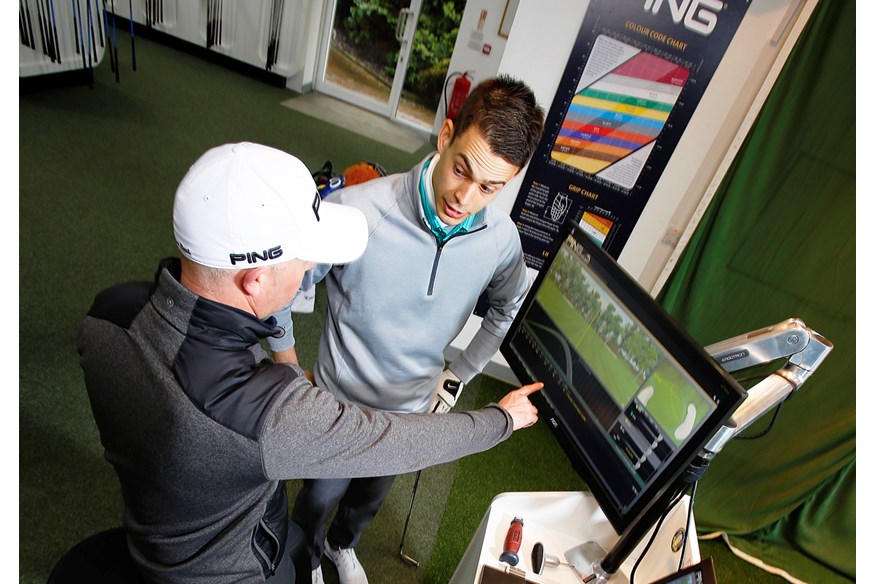
How long does a custom fitting take?
A fitting can be as quick as 30 minutes for one club, up to several hours if you’re looking for a full set of clubs. 60-90 minutes is quite normal for a thorough fitting, although some retailers and demo days will be quicker than this.
How much difference does custom fitting make?
Former fitter James Hogg says: “Some golfers would have clubs that weren’t right for them at all, with completely the wrong heads and shafts. It varied from fitting to fitting, but you could sometimes see a 25% improvement in performance, with a golfer’s 7-iron yardage increasing from 120 yards to 150.”
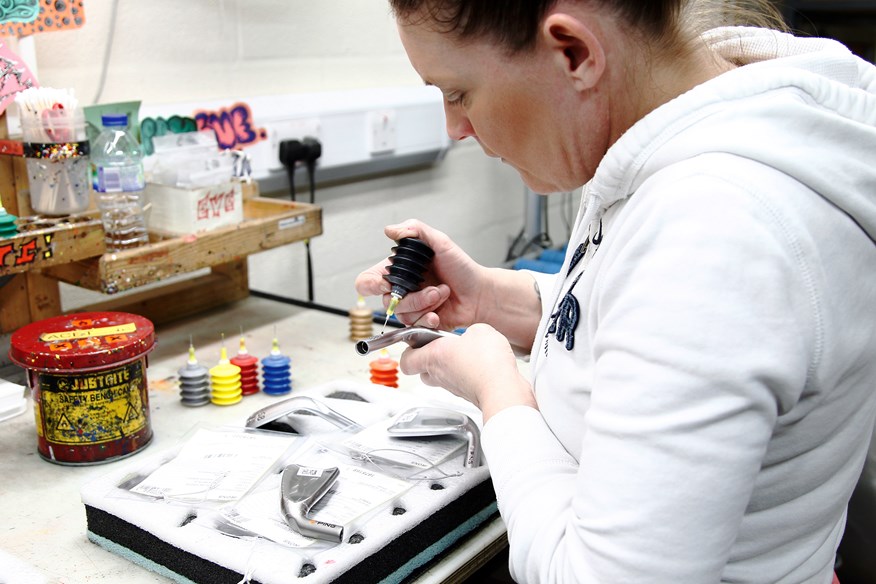
Custom fitting top tips:
1. Take your own clubs
Without these, it’s impossible to see how the performance of any new clubs compares to what you’ve currently got and whether an upgrade is even worthwhile.
2. Don’t be afraid to ask questions
Whilst the best fitters are great at determining your technical knowhow and explaining things in a way that makes sense, fittings can still be overwhelming with the amount of data on display and the number of different head and shaft combinations you might try in quick succession. If you’re unsure of anything, just ask. Your fitter will be happy to clear things up for you.
3. Don’t worry!
It’s perfectly normal to be a bit nervous at a fitting – you’re hitting balls in front of a stranger who is measuring everything you do! Just remember the fitter is there to help you, not judge you. I find it helpful to make a joke about the fact I’m a bit nervous and not wanting to shank every shot.
And don’t think you need to be hitting every shot your absolute best during the fitting. One of the main benefits of well-fitted clubs is that they’ll help you on your bad shots as well as your good ones, so having some of those in the fitting is probably a good thing!
4. Be honest
If you hate the look or feel of a certain club, there’s no shame in saying that. Custom fitting focuses a lot on performance but it’s also important to buy clubs that you love and can’t wait to use out on the course. And if there’s a particular club you are interested in, tell your fitter that. Whether it ends up being the right fit for your game or not, at least you’ll know.
And tell the fitter as much as you can about your game. If you normally hit a 40-yard slice but on the day of the fitting that isn’t happening, even with your own clubs, mention that to your fitter.
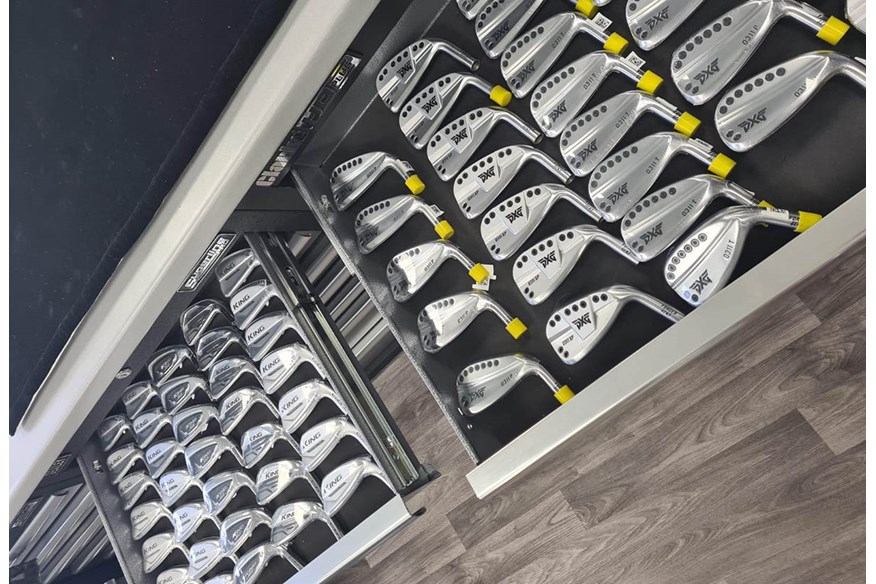
5. Have a goal in mind
Knowing what you’d like to achieve from the fitting can really make the process more efficient. Are you looking for more distance? More stopping power? Greater forgiveness? More height? Whatever it is, tell your fitter what you want so they can help you get it.
6. Try to make your normal swing
When presented with a bunch of data about their swing speed and how far the ball is going, most golfers will start swinging harder and faster – we just can’t help it! As much as possible, try to make the normal swing you’d make if you were stood over a shot on the course. It’s no good being fit for clubs that are a great match when you’re swinging out your boots on the range but don’t match up with your normal on-course swing.
7. Try to eliminate variables
Wear the golf shoes you normally play in. If possible, use the same ball in the fitting that you use on the course – or at least one with similar characteristics. The ball can affect launch, spin, distance, and more. Most good fitters will ask you about the ball you use and factor that into the fitting. You may even discover that a different type of ball would benefit your game.
-
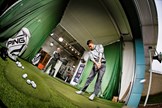 Everything you need to know about custom fitting
Everything you need to know about custom fitting
-
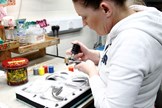 Getting clubs custom fit for you and your swing can make a big difference
Getting clubs custom fit for you and your swing can make a big difference
-
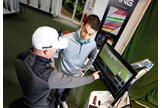 A custom fitting can help you find the right length driver shaft.
A custom fitting can help you find the right length driver shaft.
-
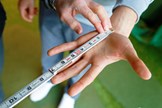 A golf custom fitting may include some static measurements of your body being taken
A golf custom fitting may include some static measurements of your body being taken
-
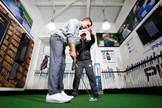 You can be custom fitted for any golf club, including putter!
You can be custom fitted for any golf club, including putter!
